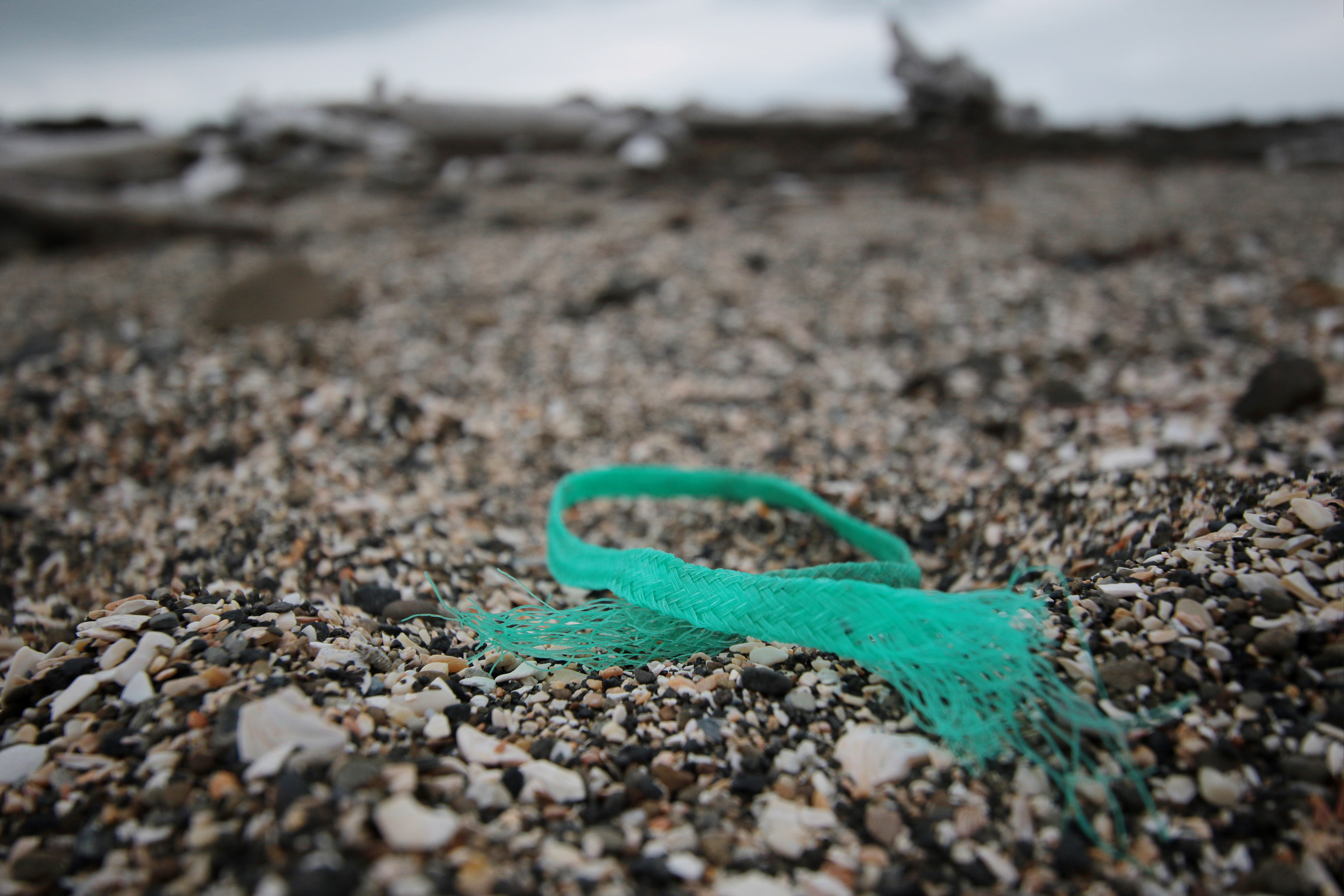Plastforsøpling i havet har i vitenskapelig litteratur vært pekt på som en miljøtrussel så langt tilbake som i 1956. Allerede under Ra ekspedisjonen på 60-tallet rapporterte Thor Heyerdahl om funn av marint plastavfall. Femti år senere er den marine forsøplingen fortsatt et tema som opptar forskere, og som gjenstår å løse. De siste fem årene har forskningen på marin forsøpling skutt fart, men fortsatt finnes det store kunnskapshull.
Sammen med danske DCEA og Aalborg Universitet, har SALTs Vilma Havas gjennomgått den vitenskapelige diskusjonen om marin forsøpling i Europa, med særlig fokus på Danmark og Norge.
ABSTRACT:
Marine litter is a transboundary environmental issue that affects all the world’s oceans. Marine litter research is a young discipline but one that has exploded during the last five years. However, the increased knowledge of sources and underlying causes to marine litter, as well as knowledge regarding solutions, lack systematic review and synthesis. This study reviews the scientific discourses around plastic marine litter in Europe, and more specifically, in Norway and Denmark, and explores emerging discourse coalitions. Four main thematic storylines on the source-cause-solution causal relationship, as well as two emerging storylines within marine litter research, are found. This study concludes that in order to secure sustainability of solutions and to avoid risk transformation and greenwashing, more interdisciplinary research, including life cycle assessment and investigations of scientific and societal discourses, is needed.
Keywords: marine litter; scientific discourse; sources; causes; solutions; Europe
